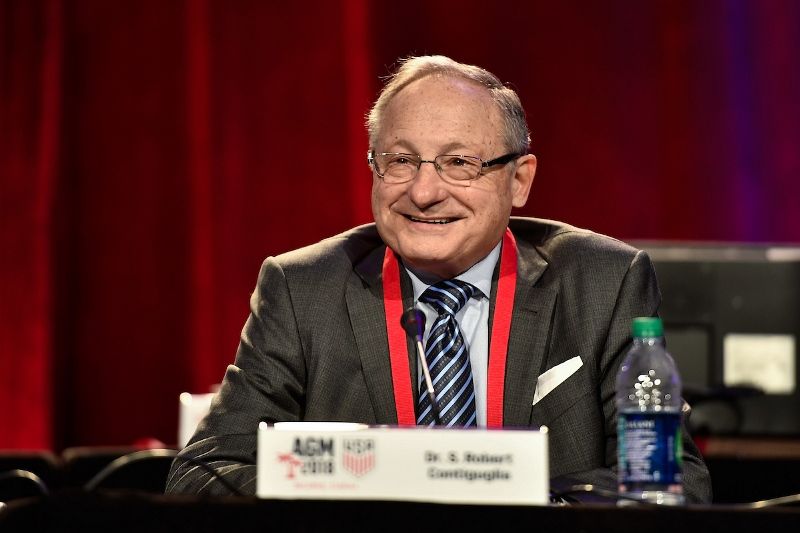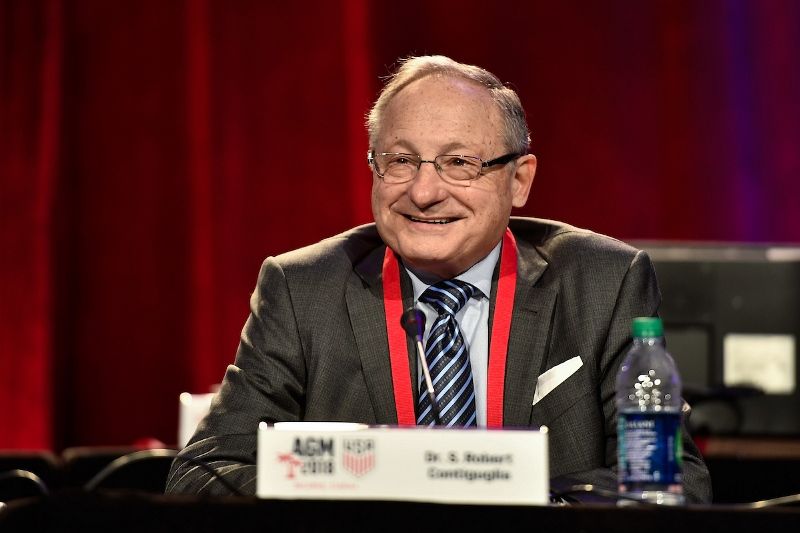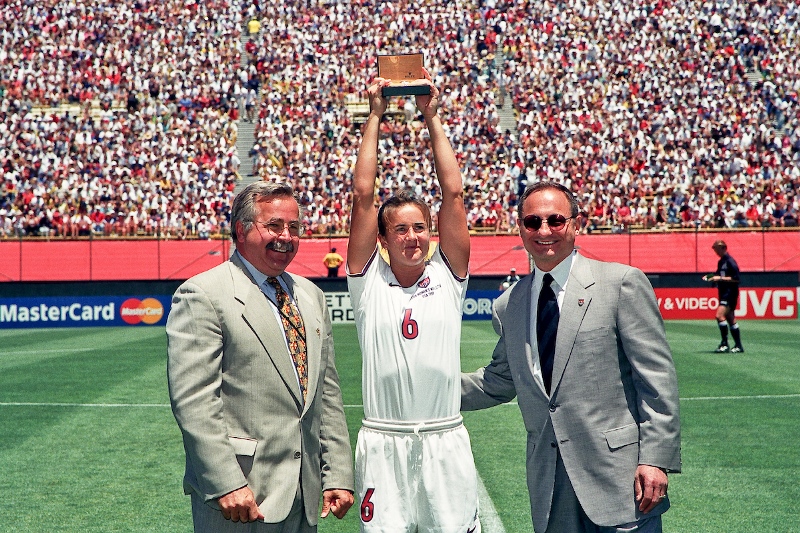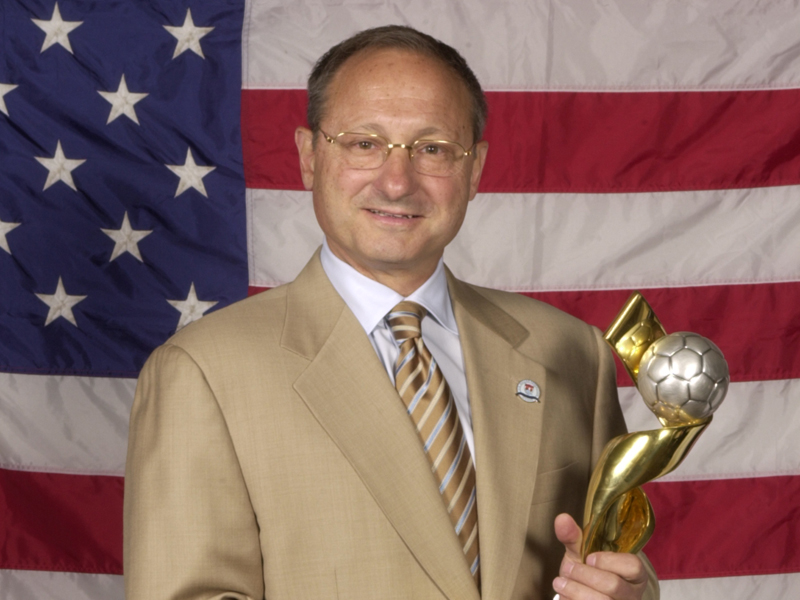Dr. Bob Contiguglia: "2002 Put Us on the Stage"
It’s easy to put things like soccer into perspective when you’ve dealt with life and death. “After being in critical care situations, you know to manage when the occasional crisis pops up and those around you are getting a little too excited,” said Doctor Bob Contiguglia – MD, U.S. Soccer President from 1998 to 2006 and one of the men responsible for helping the American game hit some of its highest notes.









